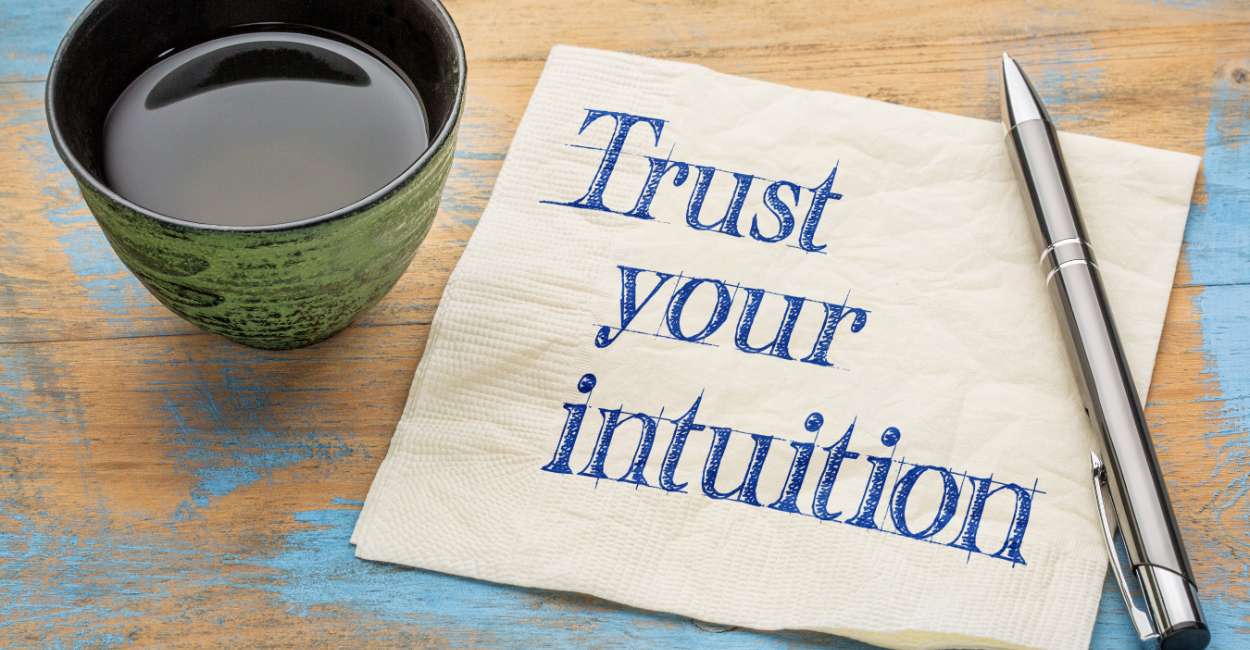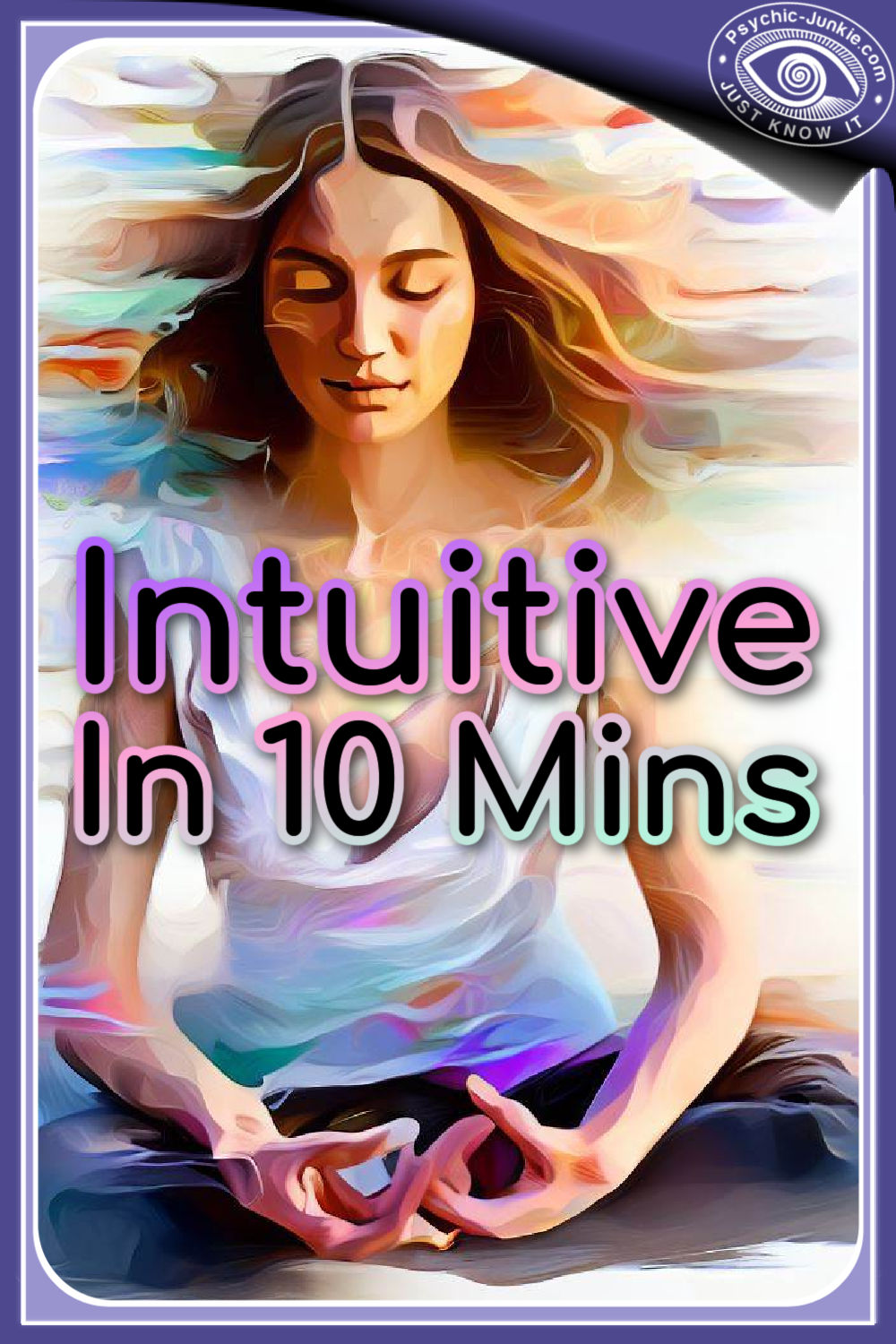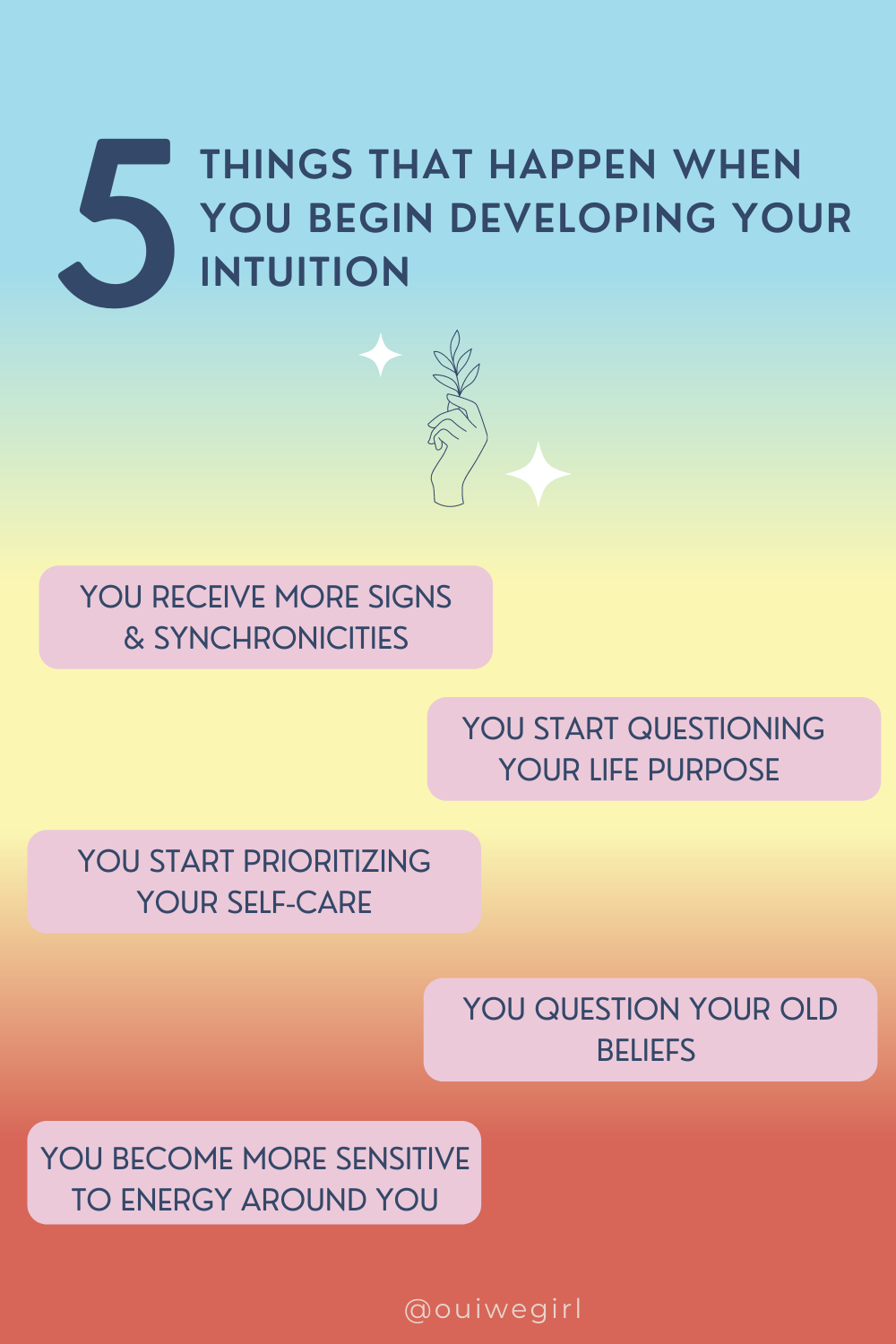How To Know When It's Your Intuition

Are you struggling to differentiate between genuine intuition and wishful thinking? The ability to discern your intuitive voice is crucial for making sound decisions and navigating life's complexities.
This article provides immediate, actionable steps to help you identify and trust your true intuition, separating it from fear, anxiety, or ego-driven desires.
Understanding Intuition vs. Other Impulses
Intuition is often described as a gut feeling, an inner knowing that arises without conscious reasoning. It's a direct channel to information that your subconscious mind has already processed.
However, differentiating it from anxiety or fear is key. Anxiety often manifests as racing thoughts and physical tension, while intuition typically feels calm and certain, even if the situation is challenging.
Psychologist Dr. Judith Orloff, author of "Second Sight," emphasizes that intuition often arrives as a subtle whisper, not a shout.
Key Indicators of Genuine Intuition
Pay attention to the timing: Intuition often strikes quickly and unexpectedly. Don't overthink it; the initial impulse is often the most accurate.
A study published in the journal "Psychological Science" found that relying on initial gut feelings can lead to better decisions in complex situations. Trust that first impression.
Note the physical sensations: Intuition can manifest as a physical response, such as a feeling of lightness, expansion, or a sense of calm in your chest. Conversely, fear or anxiety might cause tightness or a knot in your stomach.
Consider the emotional tone: Intuition generally carries a neutral or positive emotional charge. If the feeling is tinged with fear or desperation, it's more likely anxiety speaking.
Practical Steps to Cultivate Intuitive Awareness
Practice mindfulness and meditation: Regular meditation can help quiet the mind and create space for intuitive insights to surface. Even a few minutes a day can make a difference.
Mindfulness helps you become more aware of your thoughts and feelings without judgment. This heightened awareness allows you to discern the subtle cues of intuition more easily.
Keep a journal: Record your intuitive hits, along with the circumstances and outcomes. This practice helps you identify patterns and build trust in your intuitive abilities.
Documenting both successful and unsuccessful intuitive guesses can provide valuable learning experiences. Identify the factors that led to accurate or inaccurate readings.
Seek quiet time in nature: Spending time in nature can be incredibly grounding and conducive to intuitive insights. The natural world provides a calming and restorative environment.
The Biophilia hypothesis suggests humans have an innate connection to nature, fostering a sense of peace that allows intuition to flow more freely.
Distinguishing Intuition from Wishful Thinking
Be honest with yourself: Ask yourself if the feeling aligns with your deepest values and authentic self. Wishful thinking often caters to ego or desire, while intuition serves your higher good.
Wishful thinking typically involves clinging to a desired outcome, while intuition offers guidance based on a broader perspective.
Seek external validation (with caution): While relying solely on others' opinions can be detrimental, seeking feedback from trusted sources can help you clarify your own understanding.
Choose advisors who are objective and supportive, and who prioritize your well-being over their own agendas.
Next Steps
Start incorporating these techniques into your daily life to strengthen your intuitive connection. Pay close attention to your inner guidance and trust the wisdom that resides within.
Continued practice and self-reflection will refine your ability to discern and act upon your true intuition.
















.png)

